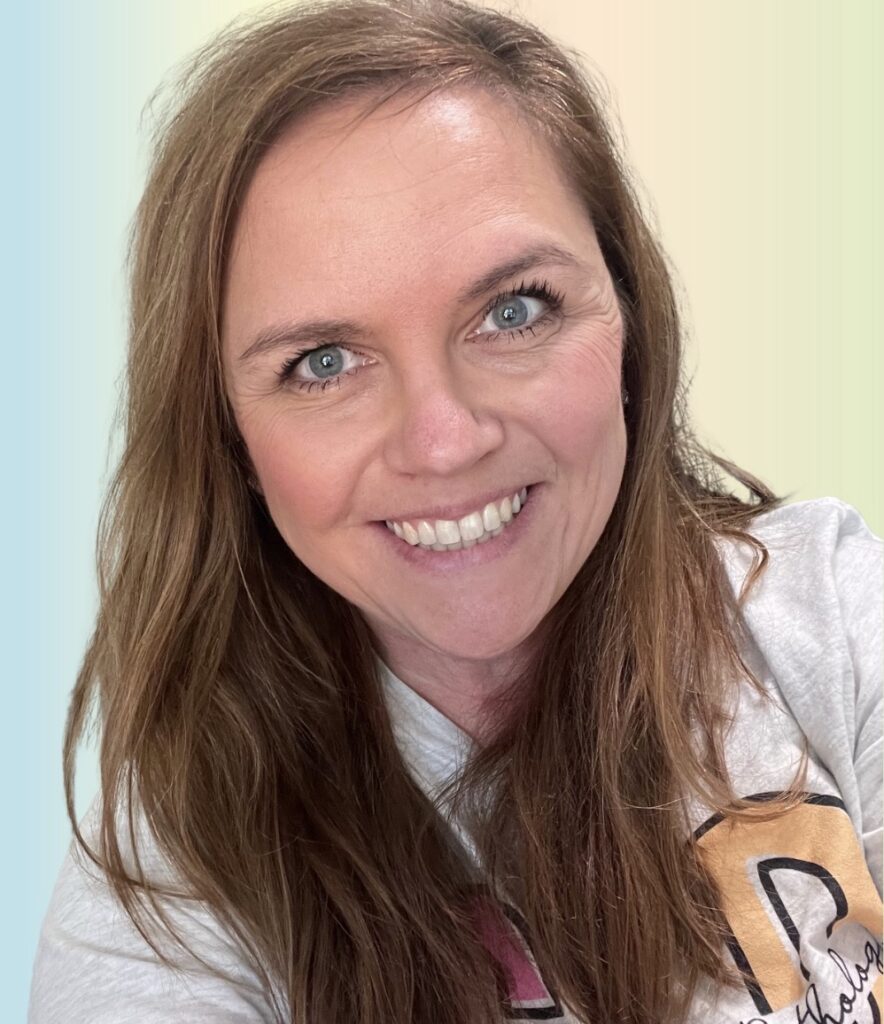Is there an uprise in expressive language delay following the pandemic? Why do we suddenly see so many of these little ones on our caseloads?
Increased Expressive Language Delay
The short answer is yes. Following the shutdown of America (and the world), there has been an increase in toddlers and preschoolers demonstrating expressive language delay in their language development. In an article in ASHA Livewire, I found a research brief from Komodo Health about the “skyrocket” of pediatric language disorders following the pandemic.
Komodo Health conducted their research by using their own medical database comparing the rates of new diagnoses of speech disorders and trends in the pre- and post-pandemic setting. For their research, the pre-pandemic era is defined as January 1, 2018, through December 31, 2019, and the post-pandemic era is defined as January 1, 2021, through December 31, 2022.
When comparing pre-pandemic average to post-pandemic, they found the number of annual diagnoses grew by 29% in 2021 and by an additional 81% in 2022. In other words, The number of children ages 0 to 12 diagnosed with a speech disorder increased by 110%. It’s important to note this study encompasses all speech and language diagnosis. There was not a discrepancy of whether the diagnosis were speech or language related or reviewed by age group.

Causes of Language Delay
Multiple factors contribute to these numbers. Although the pandemic technically ended in May 2023, we must consider these factors because many continue to apply today.
Parent/caregiver stress– when the world shut down, most of our lives immediately flipped upside down. That stress continues today. Today families are facing the rising costs of childcare, increasing in costs of living, and working full-time jobs. Families are still having to make hard choices.
Another factor contributing to these numbers is the limitations of social interactions during the pandemic. The pandemic has shown the importance of socialization. Parents and caregivers felt isolated during the pandemic. A quick search of social media today shows that parents continue to have difficulties making and maintaining friendships and participating in social engagements.
Additionally, differences in cultures and socioeconomic status plays a role. Lower socioeconomic groups are often associated with limited education and lack of resources. Many lower socioeconomic families rely on daycare, school, and other settings to help their children’s development. Majority of parents have to work long hours to provide for their families or may feel as though they aren’t equipped enough as parents to help their children.

Are Language Delays New?
No. Language delays and late talkers have been the topic of research for decades. Environmental, social, and cultural considerations have always been necessary when evaluating and providing speech therapy for toddlers.
Early Childhood Intervention services were put into place back in 1986. Originally, ECI was created for families of children with significant delays. ECI was created to help ease the cost of services from families, help prepare those children for school, and encourage their independence. In 2004, two more findings were added to the law: the understanding that significant development occurs in the first three years of life and the provision of evaluations and services for children in minority, low-income, inner-city, rural areas, and foster care.
Here’s what the pandemic did:
The pandemic highlighted the pre-pandemic difficulties: family stressors, parent education, differences in cultures and socioeconomic status. We were forced to face this head-on because everyone was cooped up in their homes and out of society. As we emerge back into society, those delays and deficits are in the spotlight.
Activities for Language Development
Unfortunately, there is no “quick fix” to the increase in identifying language delays. What we can do is provide the intervention and support necessary for the children we’ve identified. We also understand the importance of being intentional in our sessions with toddlers and preschoolers to help prepare them for later success.
How do we do that? Talk, Read, & Play!

Find out more about Talking, Reading, and Playing! Grab my 3 Tips for Language Development. You’ll find handouts for parents and caregivers with examples and easy-to-understand explanations of the importance of talking, reading, and playing with their little ones. Best part? It’s FREE!


